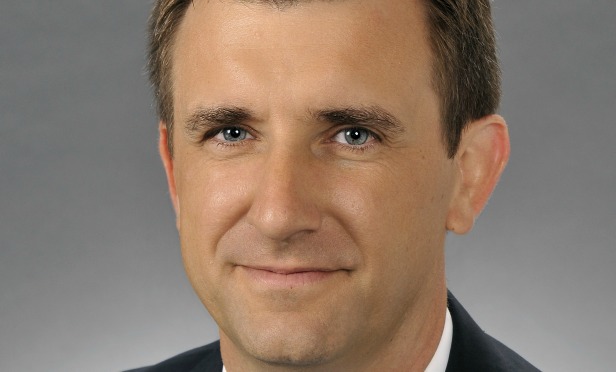 Josh Wrobel is a managing director at JLL.
Josh Wrobel is a managing director at JLL.
Los Angeles barely made the top 10 list for co-working activity. According to a new report from JLL, the city came in tenth in the nation for co-working, with New York and San Francisco taking the first and second positions. Silicon Valley came in third on the list, with Austin, Boston, Northern Virginia, Washington DC, Seattle and Denver rounding out the list. It was surprising that Los Angeles didn't land a higher ranking, considering the substantial co-working presence in the market, but Josh Wrobel of JLL says that, in this case, the numbers aren't aligning with the reality of the market.
“If you take a more segmented look at the statistics, you could argue that Los Angeles' content corridor—Burbank/Hollywood down to Culver City/Playa Vista—is the most saturated flexible office space market in the nation. Flexible office space fits perfectly with Los Angeles' content corridor tenant base because it has the perfect blend of technology start-ups, Silicon Beach, and budding new companies in general as well as the traditional short term nature of contracts in the media and entertainment industry—production companies backed by great credit industry titans, but with short term contracts tied to the specific productions of TV shows, movies and gaming,” Wrobel, managing director at JLL, tells GlobeSt.com. “As such, if you segment out the West Los Angeles market, including Hollywood, flexible office space's saturation has exceeded 5% of the market, which would put it ahead of every other market in the country from a percentage of occupancy perspective.”
In fact, Wrobel says that co-working is expanding in office markets like Hollywood and Mid-City this year. “With Hollywood's flexible office space hitting near full occupancy, we are seeing flexible office space's push into other Los Angeles submarkets that have historically had less flexible office space,” he says. “Given the saturation of Hollywood, driven by Netflix and a host of flexible office space companies, flexible office space is about to make a major splash in both of the Hollywood adjacent submarkets, including Miracle Mile and Burbank, with continued expansion into markets, like Downtown Los Angeles and the Tri-Cities, that have not had a significant a wave of “new” flexible office space since the beginning of the recovery.
Content industries specifically are driving the growth of the co-working market, and will drive growth into new L.A. neighborhoods. The same industries are also driving significant rental rates and a decline in vacancy. As long as this market continues to grow, so will the demand for co-working space. “With the exponential demand for content and the resulting increase in entertainment-based tenancy driving the overall vacancy of Los Angeles' content corridor into the single digits, so long as the “content economy” stays strong, flexible office space activity will continue to thrive in Los Angeles,” says Wrobel.
Growth of the co-working market will only mean good things for the Los Angeles office market. “Flexible office space in all its shapes and forms is a natural fit for the Los Angeles market because it allows owners to activate outside areas that Los Angeles employees can take advantage 365 days per year, it tracks the entertainment industry's model of shorter and more flexible contracts, and some of the flexible office space offerings are perfect for a business/entertainment community in which social currency is a powerful tool,” says Wrobel.
© Touchpoint Markets, All Rights Reserved. Request academic re-use from www.copyright.com. All other uses, submit a request to [email protected]. For more inforrmation visit Asset & Logo Licensing.






